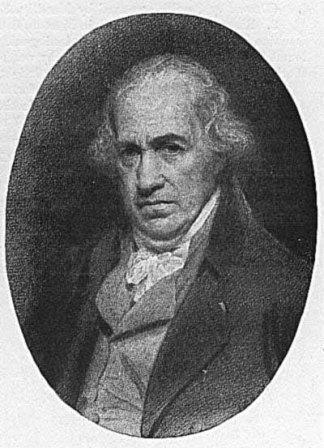

In 1698, Thomas Savery, an engineer and inventor, patented a machine that could effectively draw water from flooded mines using steam pressure. While the Spaniard first patented a steam-operated machine for use in mining, an Englishman is usually credited with inventing the first steam engine. The Spanish inventor - who is also credited with inventing one of the world's first air conditioning systems - used his steam engine to remove water from silver mines in Guadalcanal, Seville. In 1606, de Ayanz registered the first patent for a machine that used steam power to propel water from mines. This is a greatly revised version of Episode 125.A Spanish mining administrator named Jerónimo de Ayanz is thought to have been the first person to solve the problem of flooded mines. New York: Oxford University Press, 1960/1975. I'm John Lienhard, at the University of Houston, where we're interested in the way inventive minds work.įlink, J. And that leads, not to Benz, but to Cugnot, well over two centuries ago. So, if we go back to star-crossed priority questions, we probably have to follow the thread of steam. For a brief time, it looked as though the steam car might beat out internal combustion. The people who took up automobiles were closer kin to the railway business. They sowed the demand and then veered off into another technology altogether. But bicycle-makers were the same people who went on to make, first motorcycles, then airplanes. By that definition, Benz did invent the automobile.Īutomotive historian James Flink notes that modern bicycles came into being just as Benz began his work, and they sparked the public demand for personal vehicles. That's how Edison gets credit for the light bulb and Fulton for the steamboat. What we usually do in these cases is pretty arbitrary. And here the whole priority question mires into hair-splitting definitions. An engineer named Samuel Brown adapted an old Newcomen steam engine to burn gas, and he used it to power his auto up Shooter's Hill in London. The search for the earliest internal-combustion-driven auto might end in England in 1826. He declined, calling the whole idea of the auto "a senseless waste of time and effort." In 1898, Markus was invited to be guest of honor at the Austrian Auto Club.

Markus' story is especially poignant because, if the German Benz believed in the auto, he didn't. By the way, when the car was rediscovered, it could still be driven. Markus was Jewish, and the Nazis had orders to destroy his car and any literature describing it. It'd been bricked up behind a false wall in the cellar of a Viennese museum to hide it from the Germans. Two years later, the Austrian Siegfried Markus began working on cars. The French inventor de Rochas built an auto, and an engine to drive it, in 1862. He went into production with a four-wheeled model in 1890, and the Mercedes-Benz company is still with us.īut Benz wasn't first. He built a little three-wheeled car in 1885 and sold his first one two years later. Benz championed the new internal-combustion engines, and he worked single-mindedly to create a car driven by one. So let's limit our search to autos driven by internal combustion, and to ones actually built. Leonardo da Vinci sketched self-powered vehicles, and even Homer wrote about them.
:max_bytes(150000):strip_icc()/GettyImages-3070360-4d58a05aea3c45a7857f21f320831778.jpg)
Windmill-powered vehicles were made before them. Earlier cars had been driven by springs and compressed air. It was a large three-wheeled vehicle that moved at the speed of a walk and was meant to haul cannon.

The earliest steam-powered car we know about was finished as early as 1769 by French inventor Nicolas Cugnot. The automobile is one more invention that always seems to have just one more antecedent.
#1st steam engine inventor series
The University of Houston's College of Engineering presents this series about the machines that make our civilization run, and the people whose ingenuity created them. Today, let's try to find the first automobile.


 0 kommentar(er)
0 kommentar(er)
